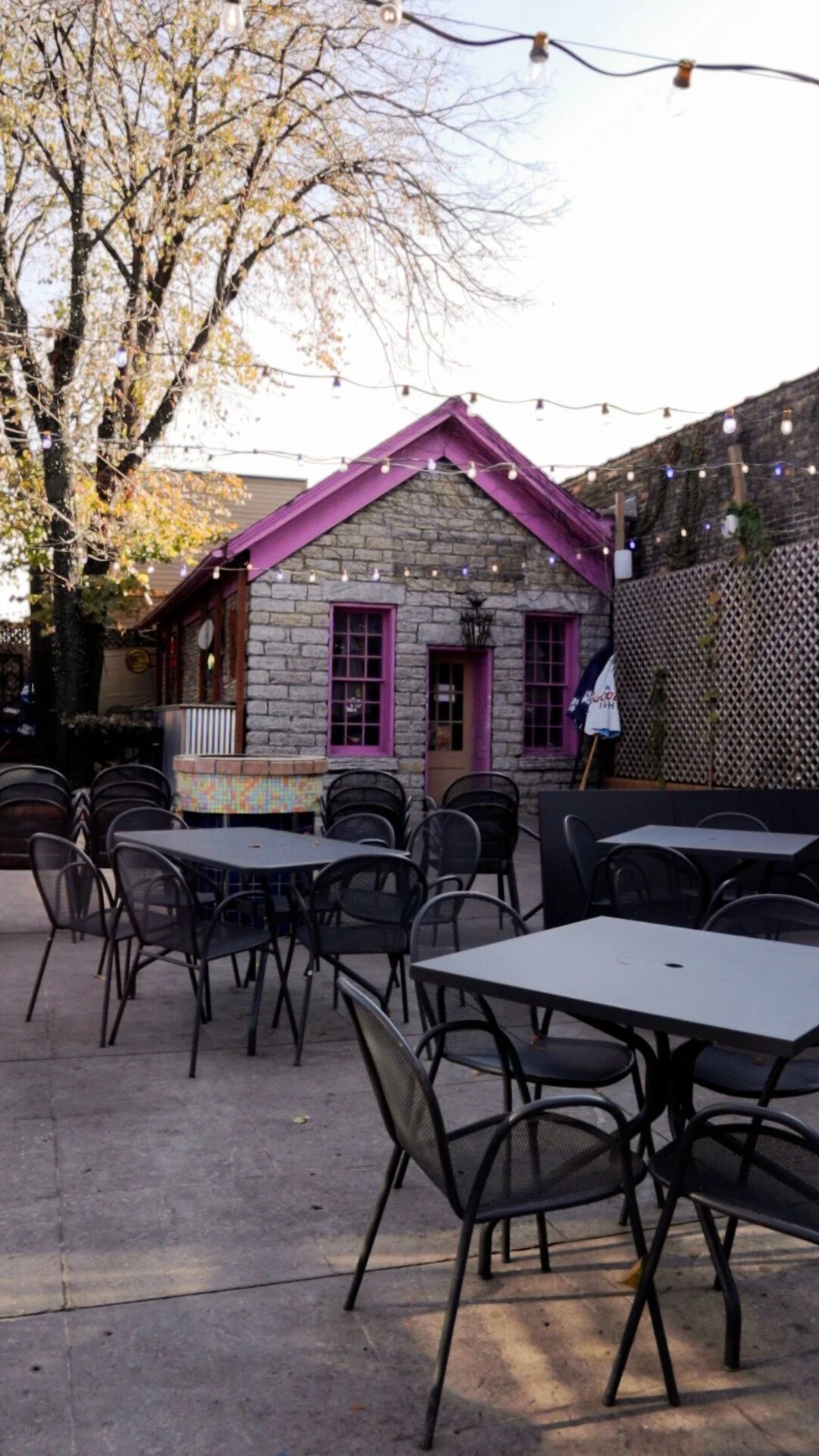Refreshment for Man & Beast
In my last post, I left you with the question: Which park feature still stands in honor of Frank H. Peavey that we HAVEN’T already talked about? We’ve covered Peavey Plaza and Peavey Field Park. This last one is much, much smaller, but there is a chance that you’ve driven past it many times without even seeing it.
HORSE CULTURE
Modern Minneapolis is caught up in debates about bike lanes, bus lines and parking but in the 1880s the major transportation was provided by horses. Between the 1860s and 1900, the services surrounding owning, feeding and maintaining horses and carriages had become a major industry in the Twin Cities with over 50 carriage and wagon manufacturers and 100 blacksmiths.
One of the forgotten features of horse culture is the water troughs dotted along city streets for tired horses to get a refreshing drink. These troughs ranged from simple wooden or concrete buckets to elaborate statues fed with fresh water pumps. It became fashionable for wealthy animal lovers to donate funds towards these fountains, inscribing them with their favorite inspirational sayings.
In 1891, Frank H. Peavey did the same, donating a horse trough fountain on the shores of Lake of the Isles. The fountain featured a giant, 18 foot tall stone in the center with the water spraying out the top and falling down the sides to a round basin below. Compared to the bustling roundabout it stands in today, the Peavey fountain made its’ debut in the middle of nowhere. This wasn’t the Lake of the Isles that we know today. In fact the land around the lake had only been designated city park land 5 years before. None of the elaborate mansions we know today existed yet and the dirt paths around the lake were less about strolling, cycling or running and more about actual travel from distant homesteads into the city. Peavey’s fountain wasn’t just an artistic addition, it was a necessary amenity. The Park Board quickly moved to accept his generous donation and it was revealed to the public on September 16th.
THE NATIONAL HUMANE ALLIANCE
Frank Peavey was ahead of the trend and would soon be followed by a national movement. In 1897, the National Humane Alliance was formed (not to be confused with the National Humane Society) with the purpose of building fountains in any city that could provide a water supply. All in all, over 125 fountains were built across the country. They had troughs at a height that was convenient for the horses, ground level troughs for smaller furry friends, and around back was a fountain for the humans. Shortly after the majority of the NHA fountains were installed they became obsolete with the acceptance of new modes of motorized transportation.
Although many of the fountains were filled in, moved or demolished, over 70 of them still stand today. Two of the NHA Fountains have been designated National Historic Landmarks - in Albuquerque, New Mexico and in Des Moines, Iowa.
CAR CULTURE
As the land around the Minneapolis lakes became more developed, carriages were quickly replaced by cars and by 1936 the Peavey Fountain was also considered obsolete. Instead of maintaining the water fountain, the basin was filled in with dirt. Reflective signs had to be posted around the edge to make sure distracted drivers didn’t ram the concrete.
REDEDICATION
Left as an irritating obstacle in the road, the Peavey Fountain was brought back to life in 1953. Former Minneapolis Mayor and World War I hero George Leach rededicated the fountain to honor the horses of the unit he served in - the 151st Field Artillery Regiment of the Minnesota National Guard. Let me repeat that.
He didn’t dedicate the fountain to his unit - he dedicated it TO THE HORSES. That is how important he viewed the roles of the horses that supported the work done during the war hauling guns, supplies and men through rough territory. Barbed wire, machine gun fire, mustard and chlorine gas lead to the deaths of over 1 million horses during the war. Veterinarians treating the injured animals also noted that the horses suffered from shell shock just as often as their human counterparts.
George Leach is well-deserving of his own blog post. Until I find the time to write it, make sure you at least read his Wikipedia page. It’s a shame that Leach has been pretty much forgotten, even in Minneapolis.
The funds to support Leach’s project and restore and refurbish the fountain were provided by a descendent of Frank H. Peavey - his son-in-law, Frank Totten Heffelfinger. This wasn’t the only fountain Frank T. Heffelfinger donated to the city. You can read about the other one HERE.
A side note: Like any history lover, I also love ancestry and enjoy the rabbit warren of stories you can find by following a family tree. One of the hardest trees to follow is the Peavey-Heffelfinger-Wells tree. They all had a habit of naming their children with a combination of their forebears first, middle, last or maiden names. So, you end up with a list of relatives like this:
Albert Peavey
Mary Drew
Frank Hutchinson Peavey
Mary Dibble Wright
Frank Totten Heffelfinger
George Wright Peavey
Frank Peavey Heffelfinger Sr.
Totten Peavey Heffelfinger
George Wright Peavey Heffelfinger
Mary Peavey Heffelfinger
It makes it incredibly hard to keep track of which Mary, Frank, Peavey or Heffelfinger is which. But for now, we aren’t done with Frank H. Peavey, the head of the Peavey-Heffelfinger-Wells clan. Just like Alexander Ramsey, Henry Sibley, James J. Hill, and all the other remembered men of his time, patriarch Peavey built a big, beautiful house.
This famous home was razed by a developer without a conscience in 1953 to make way for “smaller” homes, which today feature in the multi-million dollar real estate market. Only hints of its existence still exist on the map. Can you guess what piece of Peavey history we’re visiting next?



















